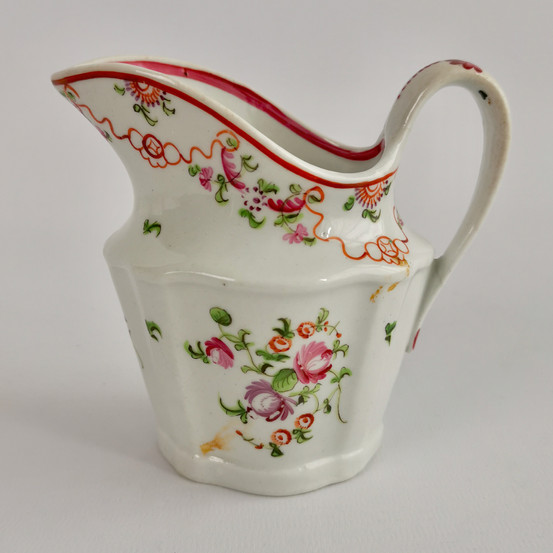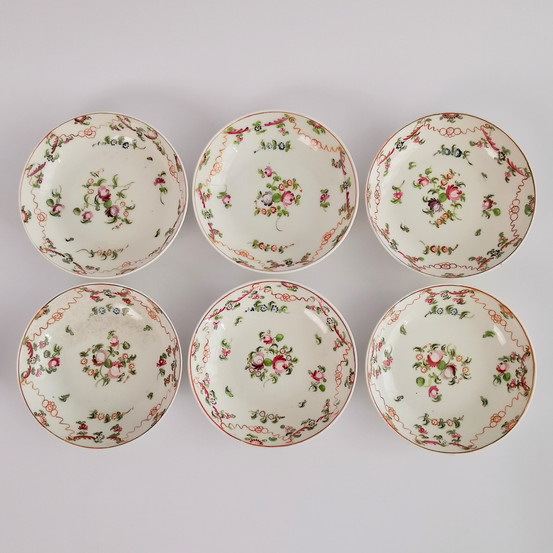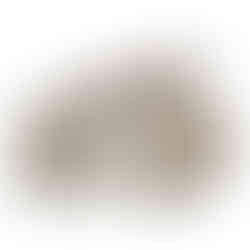Search
Knitting wool
- willa

- Feb 20, 2021
- 3 min read
Knitting Wool
I am often asked about the names of patterns. Many patterns didn't have a particular name, as there were too many patterns to give much thought to names; in the late 18th and early 19th Century British porcelain makers were in mad competition with each other to come up with as many original patterns as they could. But there are some well-known patterns that were made over and over again, and this is one of them: the "knitting wool" pattern.
This pattern derived it name, of course, from the curly thread around the rim, which looks like the wool one uses for knitting. It always makes me think of my dear late mother, who loved knitting!
This pattern was used by many factories, but it is assumed that New Hall was the first and the main one. They definitely made the most of it. But it has also been seen on the wares of many other factories - I counted about 8 in total!
New Hall
The New Hall factory started as a cooperative of several Staffordshire potters in 1781, making use of the porcelain license of Bristol Porcelain Company after this went in demise. This was a porcelain recipe that originally came from Plymouth, and it was the only hard paste porcelain ever made in Britain, which generally produced soft paste porcelain. New Hall quickly grew out to be a leading porcelain maker, and the first to bring porcelain to Staffordshire, which previously had been the centre of earthenware production. New Hall served especially the less wealthy middle classes and therefore made a phenomenal amount of modest yet elegant tableware, like this beautiful tea service. Until about 1812 or 1814 New Hall made what is called "hybrid hard paste" porcelain. They adapted the original hard paste recipe from Bristol in order to save on production costs. You can tell this by the way the porcelain has a greyish hue and is less milky than bone china; yet it can be wonderfully fine and thin. Hybrid porcelain was very popular among customers who were used to the more stony Chinese Export porcelain, and, importantly for the middle classes, it was a bit cheaper to make so New Hall could compete with its fancier contemporaries who already made bone china.
Over the years
This tea service has clearly had a long and active life. The cups are still tea bowls and that's how we know it was mostly made in the 18th Century; teacups with handles only became the standard after about 1800. But the teapot is from a later date: it has the popular oval Regency style from around 1810. Further, the teapot stand has a slightly different pattern, as does one of the tea bowls. It is likely that the set had started out with all matching items, but some got smashed and replaced over the years. The result is a wonderfully quirky yet perfectly matching tea service.
Where to find things
You can find this wonderful tea service, and many more, here in my shop. And you can find all my available stock here. If you always want to see the latest additions, follow me on Instagram... I post pictures and a story every single day.
Wish List ❤️
Don't forget, you can now create your own profile on the site and keep a wish list. Click on the Log In icon at the top right of each page.
Happy weekend, and keep knitting! 🧶🧶🧶
This week's new treasures:




































































Comments